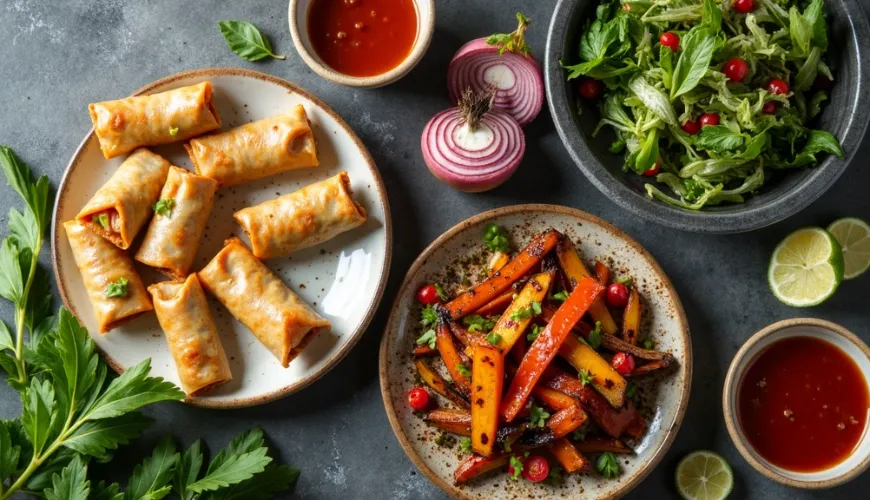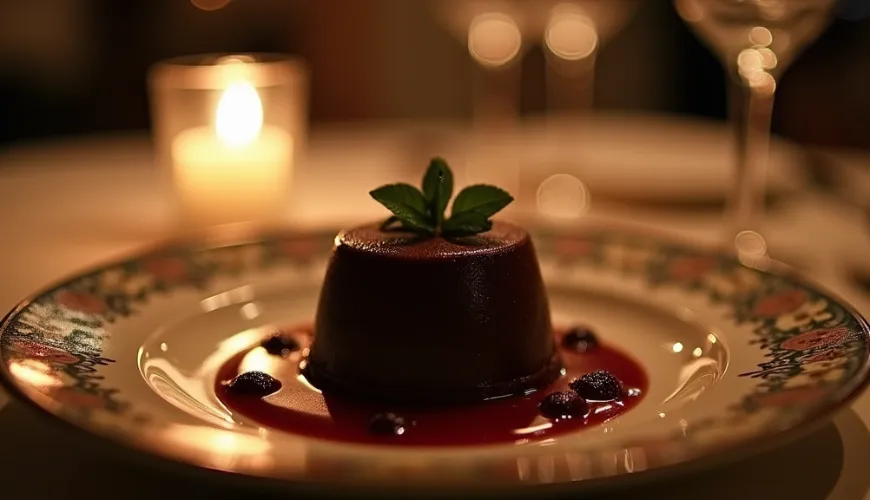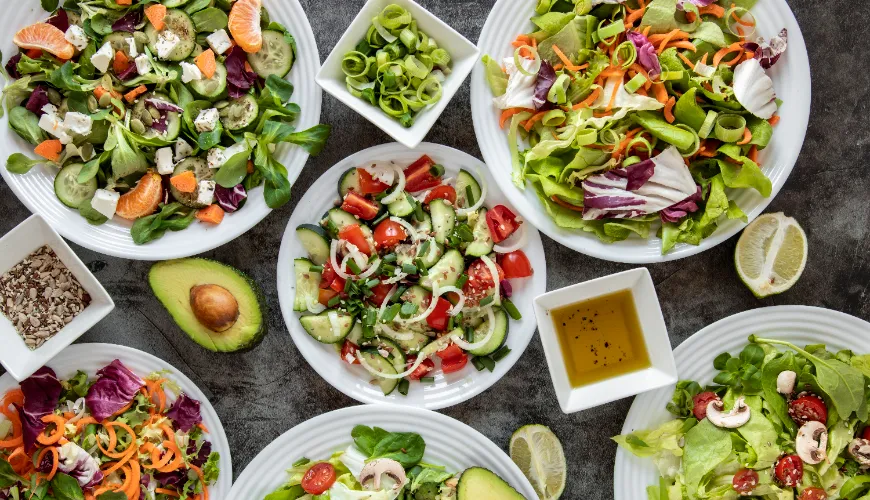
Hoisin sauce as a secret ingredient for excellent dishes

Hoisin Sauce - The Sweet Legend of Asian Cuisine That Conquered the World
The aroma of freshly stir-fried vegetables, a subtle sweet undertone that rolls over the tongue, and a taste balancing between sweet, salty, and slightly spicy – that's exactly how hoisin sauce tastes. This dark-colored miracle with a thick consistency has become an integral part not only of Chinese cuisine but has also found its place in households around the world. But what exactly is hoisin sauce, and why should it not be missing in any modern, health-oriented kitchen?
What is Hoisin Sauce and Where Does It Come From?
Hoisin sauce, often referred to in Chinese as "sea sauce" (even though it contains no seafood), has its roots in Cantonese cuisine. Its name originates from the Chinese word "hoi sin," which literally means "sea and freshness." However, this name is somewhat misleading – it has nothing to do with the sea. In reality, it's a fermented sauce based on soybeans with the addition of garlic, vinegar, chili, sugar, and spices. The result is a deep, slightly sweet flavor with a smoky undertone that pairs excellently not only with meat but also with vegetarian dishes.
Its rich taste and versatility have destined it to become the East Asian equivalent of ketchup or barbecue sauce. It is used as a marinade, dip, or glaze, and in modern cuisine, it is favored by those who strive to cook healthily and sustainably.
What Nutrients Does Hoisin Sauce Contain?
Looking at its composition, it is clear that hoisin sauce is not just a condiment – it is also a concentrated source of energy and taste sensations. The base of the sauce consists of fermented soybeans, which provide proteins, fiber, and essential minerals such as iron and calcium. Naturally occurring sugar in the form of cane or brown sugar brings sweetness, while garlic and chili have antioxidant effects.
However, it is important to mention that hoisin sauce is relatively high in calories and sodium, which is typical for most Asian condiments. One tablespoon can contain up to 250–300 mg of sodium, which should be considered when monitoring daily salt intake. Therefore, it is recommended to use it sparingly – as a flavor enhancer rather than a main component of a dish. On the other hand, its intense flavor allows for the use of smaller amounts, which can be beneficial, for example, in a weight reduction diet or when trying to limit salt.
When choosing ready-made hoisin sauce, it is advisable to read the ingredients. Quality products do not contain artificial flavorings, aromas, or preservatives and often rely on traditional recipes. There are also organic options or sauces with lower sugar and salt content available on the market.
Hoisin Sauce in the Kitchen - Recipe and Usage Tips
Hoisin sauce is known for its versatility. It can be used as a glaze for roasted meats, a marinade for tofu, a dip for spring rolls, or as a base for stir-fry dishes. One of the most famous dishes in which it appears is Peking duck, but it also works excellently in modern plant-based variants.
If you enjoy homemade preparation and want control over the ingredients, nothing is easier than making your own hoisin sauce at home. It's quick, inexpensive, and the result might surprise you with its authenticity.
Homemade Hoisin Sauce Recipe
Ingredients:
- 4 tablespoons fermented soybean paste (or dark miso)
- 2 tablespoons peanut butter or tahini
- 1 tablespoon honey or maple syrup
- 2 tablespoons rice vinegar
- 1 tablespoon soy sauce
- 1 tablespoon sesame oil
- 1 clove of garlic (finely chopped or pressed)
- 1/2 teaspoon ground chili or chili paste
- Water as needed (to thin)
Instructions: Simply mix all the ingredients in a bowl or small blender into a smooth sauce. Adjust the taste by adding more sweetener, vinegar for acidity, or chili for spiciness. If the sauce is too thick, add some water to achieve the desired consistency.
Store the finished sauce in a sealed jar in the refrigerator – it lasts up to two weeks.
Hoisin Sauce in Practice - How to Use It Healthily and Creatively
Imagine a situation where you come home after a long day looking for a quick yet tasty way to prepare dinner. You open the fridge to find leftover tofu, a few carrots, a pepper, and broccoli. In a pan with olive oil, briefly stir-fry the vegetables, add cubed tofu, and when everything starts to smell great, pour in a spoonful of homemade hoisin sauce. In a few minutes, you have on your table a nutritious meal full of flavor that will delight even more discerning taste buds.
Modern cuisine has embraced combinations that would have seemed unusual just a few years ago. Hoisin sauce can now be found not only in Asian recipes but also in creative fusion dishes such as vegetarian burgers, tempeh tacos, or roasted cauliflower with nuts and cilantro. Its sweetness and complexity complement simple ingredients wonderfully, transforming them into a gourmet experience.
A favorite trick among chefs is to use hoisin sauce as part of a marinade – for example, combined with ginger, lime juice, and a bit of sesame oil. The resulting marinade is perfect for tempeh, tofu, or even vegetables before baking in the oven.
Why Give Hoisin Sauce a Place in a Healthy Kitchen?
You might be thinking – isn't it just another high-calorie sauce full of sugar? In reality, hoisin sauce is an example of how an intensely flavored product can be part of a healthy lifestyle. The key is moderation and quality. The sauce brings a rich flavor that can replace the need to add more salt, fat, or other seasonings. And when you make it at home, you know exactly what it contains.
Moreover, fermented ingredients (such as soybean paste or miso) support digestion and gut microbiota, which is important not only for immunity but also for overall health. Therefore, hoisin sauce, although originally part of traditional Cantonese cuisine, fits perfectly into the concept of modern sustainable and balanced nutrition.
As one Chinese chef said in an interview with BBC Food: "The taste of hoisin is like jazz – it has sweetness, boldness, and harmony. And just like jazz, it can make every taste bud dance."
Whether you opt for a store-bought version or make it at home, hoisin sauce will open the door to many culinary adventures. Just a teaspoon and a simple dish gains depth, transforming it into a small gastronomic experience.

